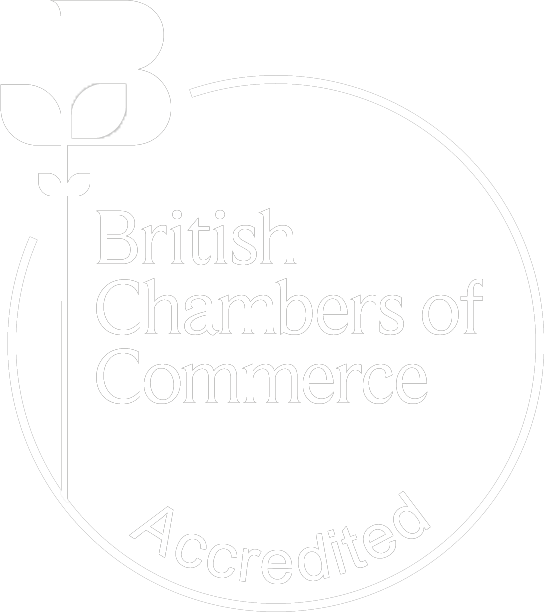Navigating the complexities of VAT in a digital world
by Alistair Duncan, Indirect Tax Partner at AAB
The e-commerce landscape has evolved significantly over recent years, revolutionising the retail sector by enabling businesses to reach global markets. However, the rise of digital services and online shopping, both B2B and B2C, has generated some complex tax implications, in particular relating to Value Added Tax (VAT).
VAT—a consumption tax—is generally applied based on where goods and services are consumed. However, in the case of e-commerce, the challenge arises when businesses must navigate cross-border sales, and the goods or services are consumed in different tax jurisdictions.
Prior to the UK’s exit from the EU, UK businesses applied UK VAT on distance sales to other member states. Only when the threshold for a particular member state was breached was registration necessary and local VAT due. However, following 1 July 2021 this is no longer the case. Rather than individual thresholds, a single €10,000 applies to all sales to consumers within the EU. As soon as this much reduced threshold is breached, there is a requirement to register and account for the VAT in the EU. These new rules for e-commerce are intended to ensure the system is more aligned with the concept of VAT as a consumption tax.
The One Stop Shop (OSS)
The introduction of One Stop Shop (OSS) VAT registrations is designed to alleviate this bureaucratic burden for smaller traders. In essence, if a business sells goods or services from the UK to several different countries in the EU, then they are only required to register with one of the jurisdictions, and generally speaking, it will be prudent to register with one that speaks English.
So how does it work in practice? Traders submit a single document or return to that single jurisdiction, which lists the sales completed across all the other jurisdictions, and then the EU takes responsibility for passing that money around.
It’s important to note that the OSS only applies to goods with a shipment value of €150 or less.
It is really designed for someone selling small items through an online marketplace such as Amazon or Ebay. What’s more, there are different One Stop Shops for goods and for services, so businesses may need to register for both.
Of course, the OSS only applies to countries within the EU, so for example other jurisdictions outwith that, such as Norway, will still be required to be registered in multiple jurisdictions.
B2C vs B2B
There is an added complication in whether the transactions are categorised as B2C or B2B.
B2B suppliers have always had to adhere to a different VAT rule, namely that the responsibility for accounting for the VAT generally rested with the recipient, i.e. the customer, whereas with B2C it remains the supplier’s responsibility.
Online marketplaces
Specific rules apply for online marketplaces, whereby the responsibility for accounting for the VAT passes to the online marketplace. For example, businesses selling goods through Amazon to UK consumers wouldn’t need to register in the UK, as it is Amazon’s responsibility to account for the VAT. What this means for HMRC, is that they can concentrate their efforts on the online marketplace retailer, rather than trying to liaise with companies across the globe, who may have limited visibility.
Digital services
Generally speaking, in relation to B2C suppliers, the place of supply is where the supplier is based, but there are certain services which have a ‘use and enjoyment’ provision, which means that the place of supply then shifts to where those services are actually physically used and enjoyed. So if you’re a UK business supplying digital services to non-UK consumers, you will be liable for a registration requirement in multiple jurisdictions.
Pricing challenges
Different jurisdictions apply different VAT rates, and that presents a challenge for EU businesses in pricing their goods and services competitively. Do they set different prices for different jurisdictions? Or present a VAT-exclusive price on their websites, and then add the VAT at point of sale? Each of these options present their own advantages and disadvantages, but it’s vital that suppliers know the location of consumption of these products and services, particularly in the realm of digital services, where VPNs may be used to disguise the users’ real location.
Knowledge is power
These rules present a potential minefield for businesses, but there are several straightforward steps that can carve out a safe path forward. So which questions should e-commerce businesses address as part of their compliance planning?
Are you dealing with goods or services? Different supply rules apply to each of these.
What is the nature of that service? Does it fall within the digital services rules?
Consider the value point of goods. Does this fall within the remit of the One Stop Shop?
What are the implications of varying VAT rates across jurisdictions for your pricing strategy? Depending on which strategy you pursue, all your terms and conditions must cover these off, leaving no room for misinterpretation.
Which jurisdictions are you trading with? Different rules will apply, and it’s critical to understand and comply with those requirements in each respective jurisdiction.
If it’s a service, does this fall within the ‘use and enjoyment’ classification? If so, how do you identify where your customers are located?
In an increasingly interconnected global marketplace, addressing these questions will empower businesses to put processes in place to allow them to meet the compliance obligations for the various jurisdictions in which they do business.



